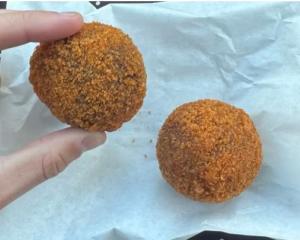
The red-billed gull/tarapunga was commonly seen anywhere around the estuary, along the rivers and even in the city – particularly when you are trying to enjoy your fish and chips on one of the many car parks with a spectacular view over the estuary.
But this once common gull is not so common anymore … it is now on the list with a classification of at risk and declining.
Only five years ago it was normal to count 8000 and more around the estuary alone but numbers have been declining to just more than 4000 today.

So, what is going on? Firstly, cats, rats and stoats are stealing eggs and chicks, which are easy prey when the red billed-gulls nest on the ground.
Secondly, due to climate-induced weather changes and water temperatures the krill population is declining. Krill is the main food supply for these gulls and this is no longer always available to them.
Some of you may remember the ‘rafts of red krill floating on the surface’ in and around the estuary. This sight has indeed been less common.
Gulls will also eat small fish, insects, worms as well as any human scrap found near rubbish bins and landfills or bread fed by many locals.
However, this is the third cause of their demise as processed food is detrimental to any bird, resulting adults to produce weak chicks making them vulnerable to harsh weather and predators, as well as shortening their lifespan.
How can we help prevent losing not only our red-billed gulls but also other bird species? Control near your home. Place a collar and bell on your cat so the birds at least have some warning while nesting but preferably keep your cat indoors during the night.













